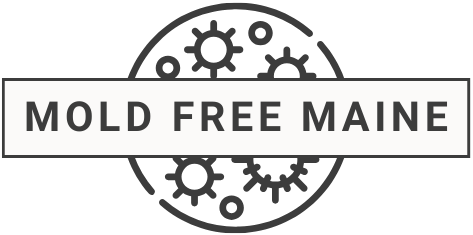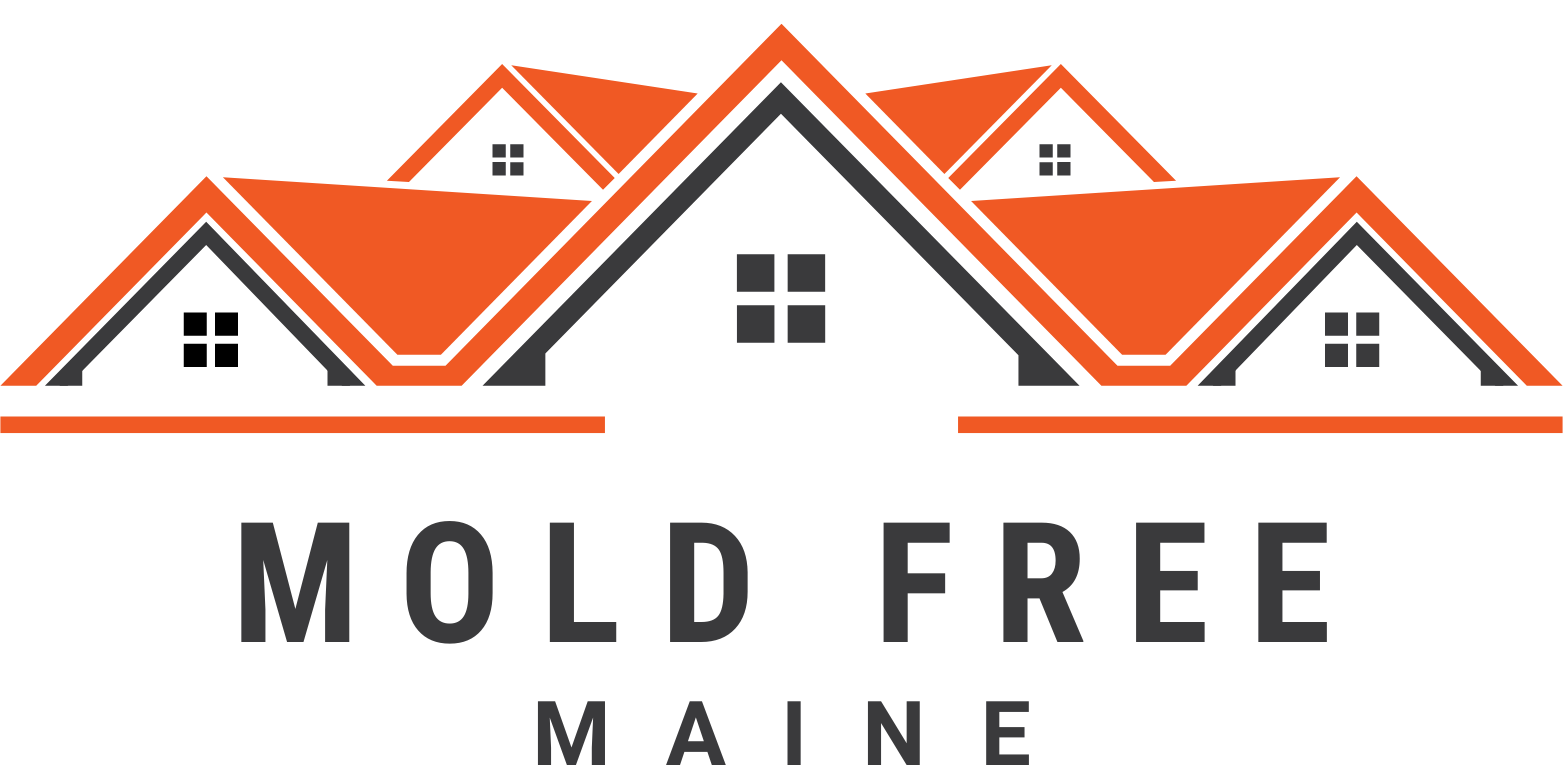What Is Mold?
What Is Mold? Understanding the Basics for Homeowners in Maine
For homeowners in Maine, the specter of mold can be a cause for concern. Mold, a type of fungus, thrives in damp and humid environments, often lurking in homes without the awareness of residents. Understanding what mold is, how it grows, and the potential risks it poses is crucial for maintaining a healthy living environment, particularly in Maine's unique climate.
What is Mold?
Mold is a form of fungus that exists in the natural environment as an essential component of nature. It plays a vital role in decomposing organic matter, returning nutrients back to the soil. However, when mold starts growing indoors, it can become a problem.
Characteristics of Mold
- Appearance: Mold can vary in color, ranging from black, green, white, to even orange or purple. It appears as a patchy or fuzzy growth on surfaces.
- Growth Conditions: Mold spores need moisture, warmth, and organic material to grow. They can thrive on wood, paper, carpet, foods, and insulation.
- Reproduction: Mold reproduces through tiny spores that travel through the air. These spores can be resilient, surviving even in dry conditions that do not support mold growth.
Mold in Maine
Maine's climate, characterized by cold winters and humid summers, can create ideal conditions for mold growth, especially in poorly ventilated or insulated homes. Common areas for mold growth in Maine homes include basements, attics, and bathrooms – places where moisture levels tend to be higher.
Identifying Mold in Your Home
- Visual Inspection: Look for discoloration or fuzzy growth on walls, ceilings, or hidden areas like under carpets.
- Musty Odor: A musty, earthy smell is often indicative of mold presence.
- Health Symptoms: Persistent respiratory problems, allergies, or musty odors can be signs of mold exposure.
Health Risks Associated with Mold
While not everyone is affected by mold, it can cause health issues, particularly for individuals with allergies, asthma, or compromised immune systems.
Symptoms can include:
- Respiratory problems
- Allergic reactions
- Eye irritation
- Skin rashes
- Headaches
Prevention and Control
Preventing mold growth in your Maine home is key. Here are some effective strategies:
- Control Humidity: Keep indoor humidity levels below 60%. Use dehumidifiers and air conditioners, especially during humid months.
- Ventilation: Ensure proper ventilation in high-moisture areas like bathrooms and kitchens. Use exhaust fans and open windows when possible.
- Fix Leaks: Promptly repair any plumbing leaks or water issues.
- Regular Cleaning: Clean and dry any areas of condensation or water accumulation.
When to Seek Professional Help
If you suspect a large mold infestation, it's advisable to hire a professional mold inspector or remediation expert. DIY approaches may not be effective for extensive mold problems and can potentially exacerbate the issue.
Be Vigilant When It Comes to Mold
Mold, while a natural part of our environment, can pose risks when it grows unchecked in our homes. Homeowners in Maine should be particularly vigilant due to the state's humid climate. By understanding what mold is, recognizing its presence, and taking steps to control it, you can ensure a healthier living environment and peace of mind.
Contact Information
Maine, USA
Protect your property and health with our expert services.

